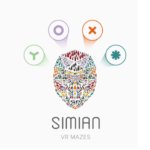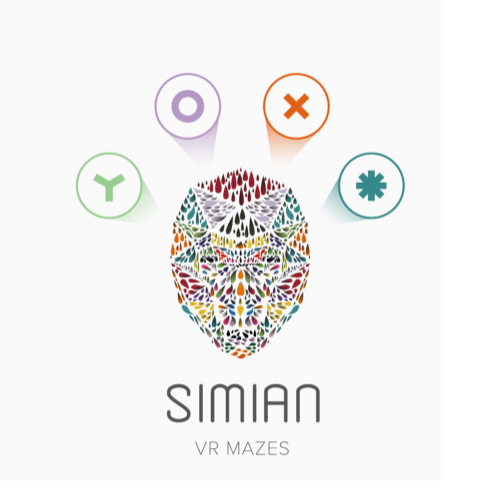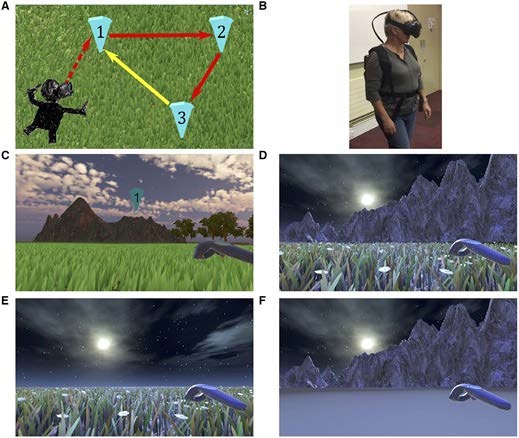Determine allocentric and orientation spatial memory and cognitive impairment with dementia risk in associated areas of the brain in a more human-like setting compared to VR Morris Water Maze or other maze tests.
10% off with your subscription Membership


9 trials conducted within each of the three environments, totalling, 27 trials per participant.
The return path conditions were altered to three different environments: condition A, no environmental change (Fig. 1D), condition B, removal of boundary cues (Fig. 1E); and condition C, removal of surface detail (Fig. 1F).
Each return condition was presented three times per environment, with return conditions presented pseudo-randomly in each environment.

App can be downloaded here to visualise the traditional version.
Vr version:
Howett, D., Castegnaro, A., Krzywicka, K., Hagman, J., Marchment, D., Henson, R., Rio, M., King, J. A., Burgess, N., & Chan, D. (2019). Differentiation of mild cognitive impairment using an entorhinal cortex-based test of virtual reality navigation. Brain, 142(6), 1751-1766. https://doi.org/10.1093/brain/awz116
DISCLAIMER: ConductScience and affiliate products are NOT designed for human consumption, testing, or clinical utilization. They are designed for pre-clinical utilization only. Customers purchasing apparatus for the purposes of scientific research or veterinary care affirm adherence to applicable regulatory bodies for the country in which their research or care is conducted.
